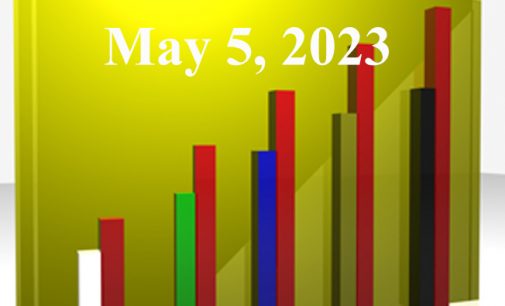The root of these broader fiduciary concerns lies within the domain of compliance. Everything derives from what the regulators require, what any DOL audit might look at, and what might pique the interest of class-action attorneys.


Oddly the first question, the one asked from the plan sponsor’s perspective, came back with a slightly different answer (identifying appropriate investment options and then providing employee education regarding those options). This second question, from the professional fiduciary’s outlook, adds a bit of emphasis on fees. Are the different responses significant? Is the similarity in responses a problem?

Social Security worries, another stab at a fiduciary rule, and what comes after ESG?

That’s what a new education can focus on. Instead of the same-old-same-old of emphasizing “saving early and often,” education should think past the sale.

For every action… A broken clock… and… These are not the bonds you are looking for.

Here’s the irony of the tax saving incentive. If it’s wildly successful and leads to very large retirement accounts, the required minimum distributions at retirement may place the now retired employee in a higher tax bracket than the one experienced while working.

Remember when people said it wasn’t about the return, it was about the cause. Well, it turns out it was about the return.

You cannot understate the fiduciary aspect of lower fees. Most 401k plan sponsors, and especially those in smaller plans, don’t have the time or expertise to administer their company’s retirement plan. If they skimp on fees, are they also skimping on the fiduciary protection those professionals are supposed to provide?

Government creep, same old fees, and what happens when fees drop.










FiduciaryNews.com Trending Topics for ERISA Plan Sponsors: Week Ending 5/19/23
Catch-up if you can, retreat and reload, and consequences.